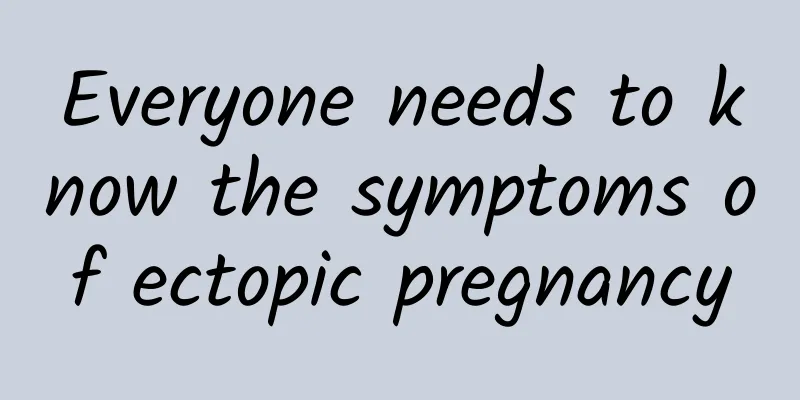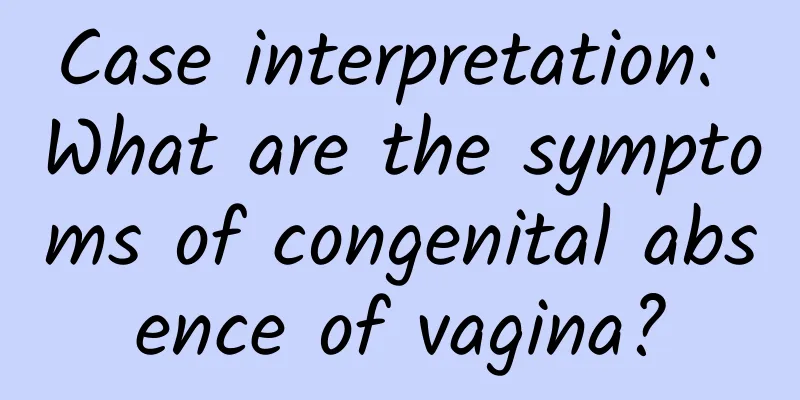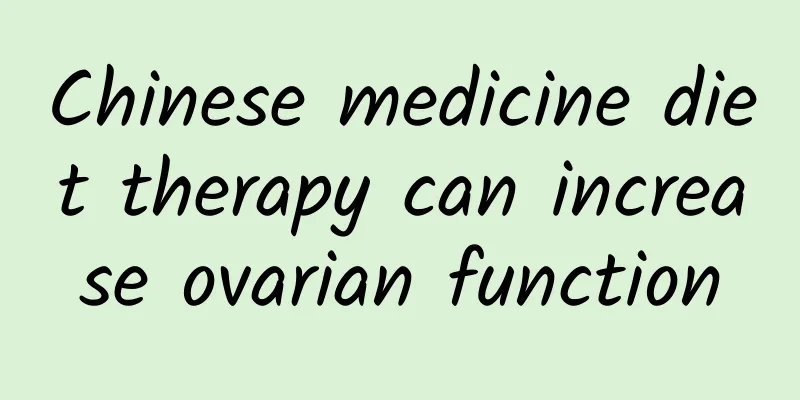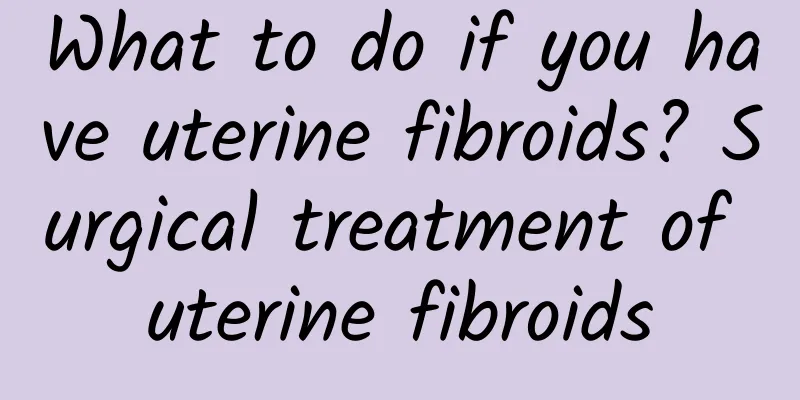Symptoms and treatment of chronic pelvic inflammatory disease

|
Symptoms and treatment of chronic pelvic inflammatory disease: Chronic pelvic inflammatory disease refers to chronic inflammation of the female internal reproductive organs and the surrounding connective tissues and pelvic peritoneum. Acute pelvic inflammatory disease is usually not treated thoroughly. In the case of poor physical condition, the course of acute pelvic inflammatory disease can be prolonged to repeated attacks, causing chronic pelvic inflammatory disease; but there may also be no history of acute pelvic inflammatory disease, such as salpingitis caused by Chlamydia trachomatis infection. Chronic pelvic inflammatory disease is stubborn and can lead to menstrual disorders, increased leucorrhea, low back pain and infertility. Chronic pelvic pain often causes pain in the lower abdomen, and in severe cases, pain in the lumbar region. These pains are particularly obvious and severe before and after menstruation, excessive fatigue, or after sexual intercourse. Patients with chronic pelvic inflammatory disease may also experience increased leucorrhea, abnormal menstruation, dysmenorrhea, irregular vaginal bleeding, or menstrual bleeding, which are caused by irritation of the female endometrium. Patients with chronic pelvic inflammatory disease may also experience increased leucorrhea, abnormal menstruation, dysmenorrhea, irregular vaginal bleeding or menstrual bleeding, which are caused by irritation of the female endometrium. In the early stages of chronic pelvic inflammatory disease, there are also abdominal pain symptoms. If chronic pelvic inflammatory disease is not treated actively or in time, it can easily lead to fallopian tube obstruction, increase the risk of infertility or ectopic pregnancy, and seriously affect women's life and physical and mental health. To treat chronic pelvic inflammatory disease, it is necessary to improve resistance, avoid infection, and use physical therapy and drug therapy as appropriate. If adhesions around organs are caused by long-term inflammatory stimulation, surgical treatment should be used. |
<<: What are the symptoms of pelvic inflammatory disease?
>>: Diet therapy for endometrial tuberculosis
Recommend
Is obesity just a metabolic error? Autoimmune disorders are also a culprit
The current mainstream medical view on obesity is...
How to treat moderate cervical erosion
If cervical erosion is found to be moderate and w...
Surgical method of negative pressure aspiration for artificial abortion
The preoperative preparation for negative pressur...
Knowing the symptoms of uterine fibroids can help detect the patient's condition as early as possible
Uterine fibroids are a common disease among women...
What are the ways to prevent cervical erosion? 5 tips to keep you away from cervical erosion
Nowadays, since cervical erosion is still relativ...
Lose weight easily! 4 Tips for Aerobic Fat Burning and Weight Loss
Summer is the peak season for weight loss. The Ob...
Strengthen immunity, top 10 anti-epidemic ingredients are on the list! Nutritionist: Broccoli, nuts, garlic, etc. can improve antioxidant capacity
The number of local cases has exceeded 100 one af...
The diagnosis of uterine fibroids is difficult to diagnose only by gynecological examination.
Many women always have various diseases in their ...
What are the precautions for cervical hypertrophy?
Cervical hypertrophy is a type of chronic cervici...
How to distinguish miscarriage and menstruation, and what are the types of miscarriage?
Many female friends have spontaneous abortions in...
Will having Bartholinitis in a 6-month pregnancy affect fertility?
Bartholinitis is an inflammation caused by infect...
How to check cervical erosion
Cervical erosion refers to ectopia of the cervica...
Can uterine fibroids cause miscarriage? You will know after reading this
Uterine fibroids are a common disease in life. If...
What kind of exercise is suitable for patients with uterine fibroids? What kind of exercise is good for patients with uterine fibroids?
What kind of exercise is suitable for patients wi...
Riding traces! Cycling can burn 1.5 cups of bubble tea calories
A cup of bubble milk tea has 410 calories. The Ta...









